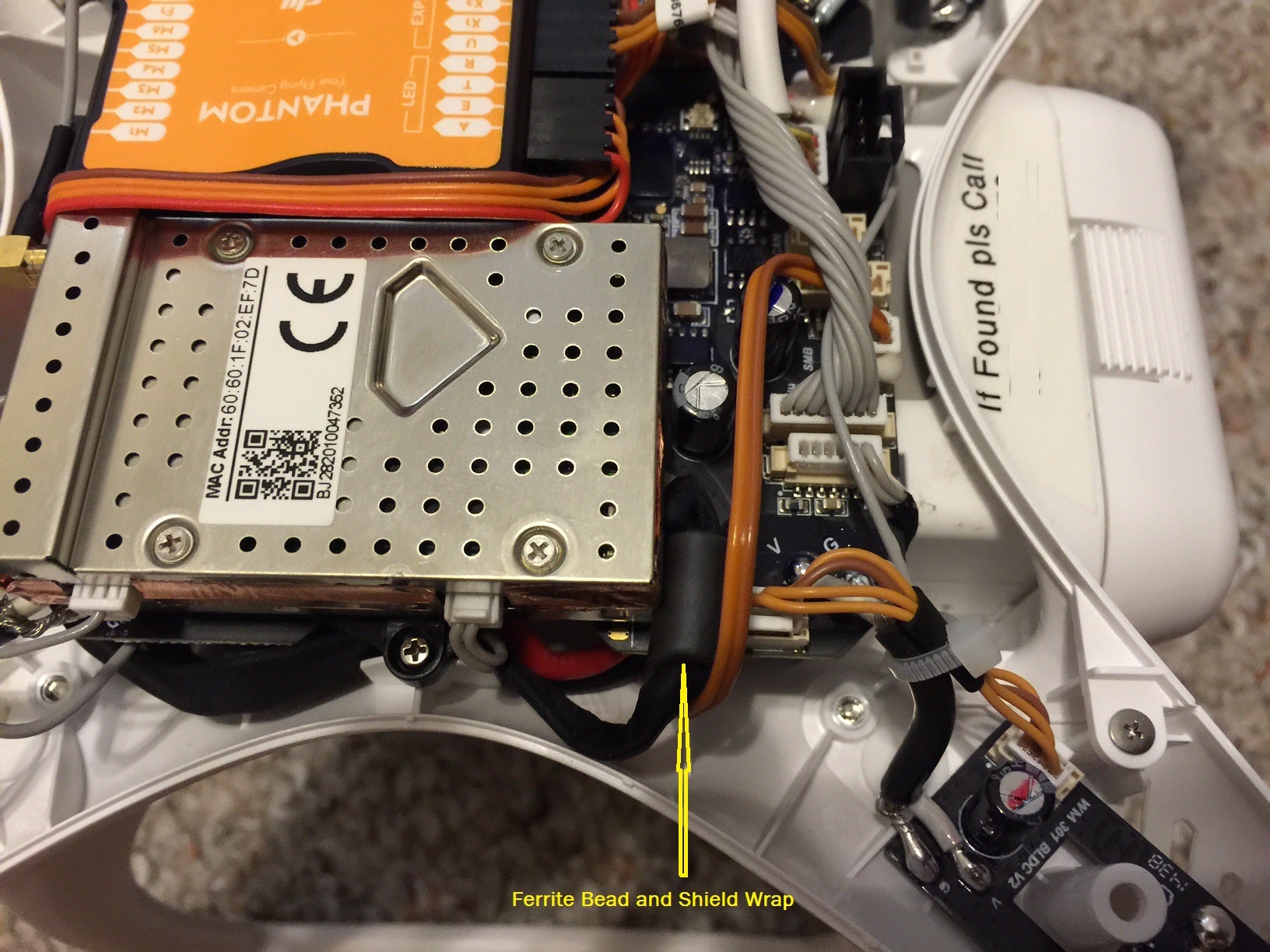I'm considering adding a layer of silicone heatsink compound to the top of the wifi unit in my P2V+_v2 after seeing that DJI changed the solid cover plate that was used in the v2 version to one with holes for the v3 version, I assume to dissipate heat and help prevent the wifi unit from overheating. Looks like it would be an easy application of the compound. A compound like this.. http://www.radioshack.com/radioshac...ink-compound-2-pack/2760255.html#.VIg4xmdbAyM
You can see the new wifi unit top surface grill design in this photo from the rcgroups.com forum.

Anyone have any thoughts on this?
You can see the new wifi unit top surface grill design in this photo from the rcgroups.com forum.

Anyone have any thoughts on this?








